Carnival: Gualeguaychu & Montevideo (Part 3)
已發表: 03.04.2019
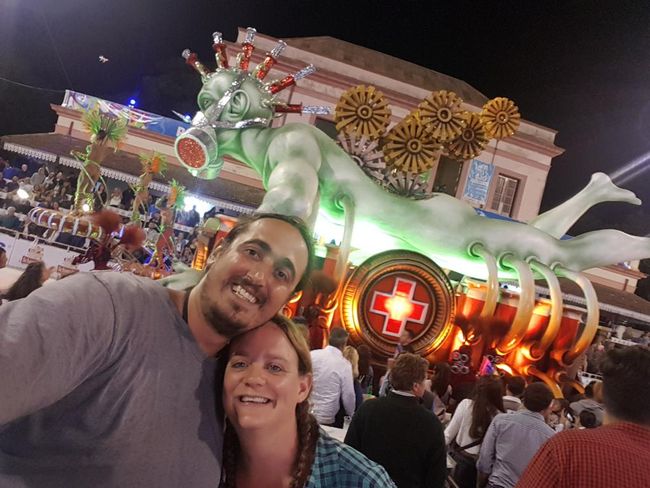
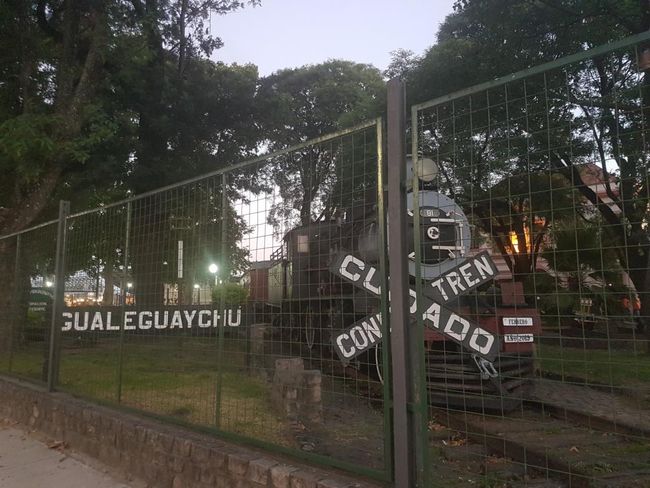
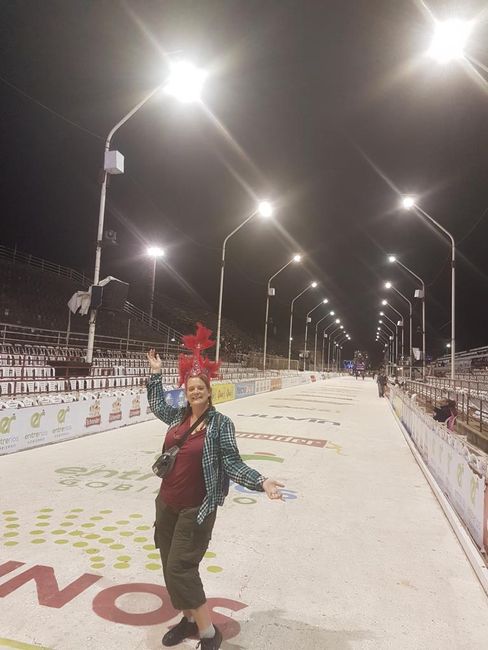
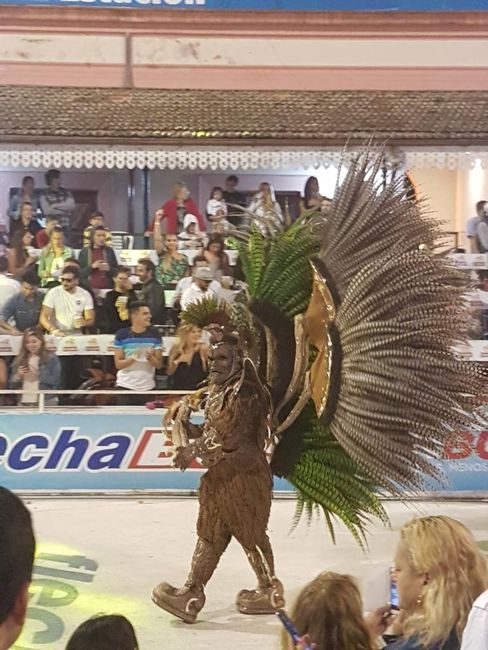
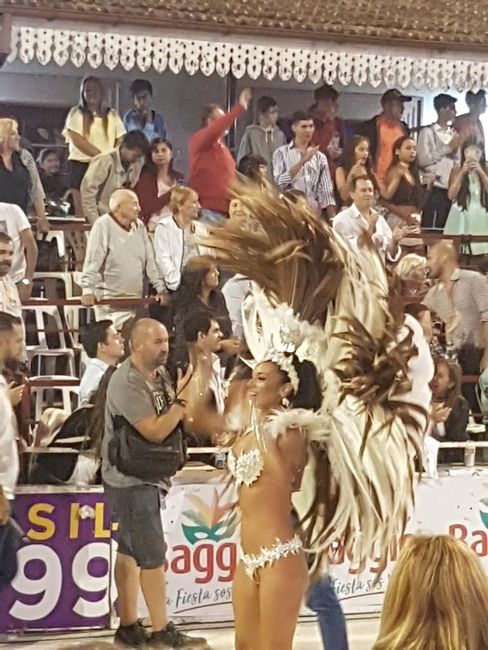
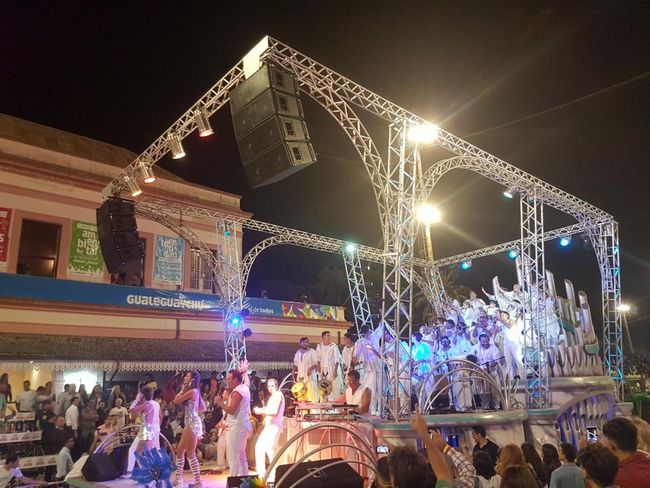
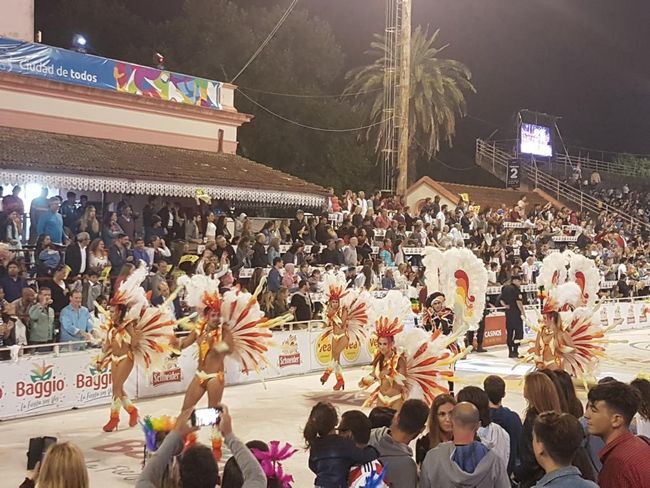
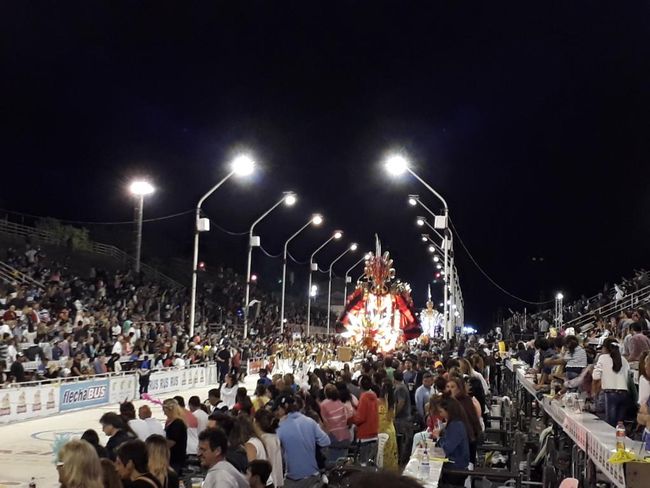
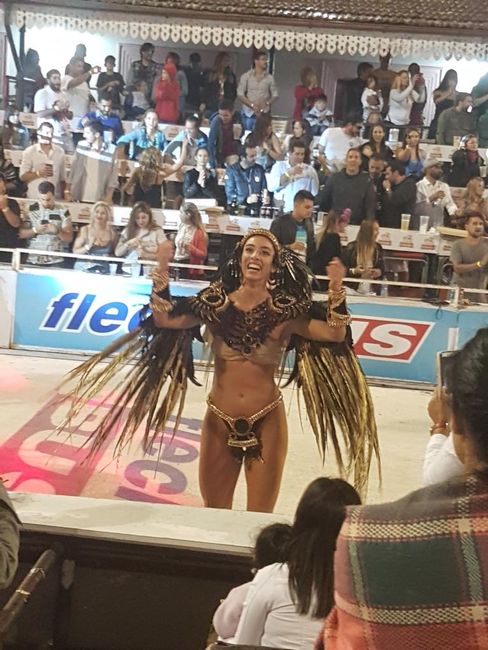
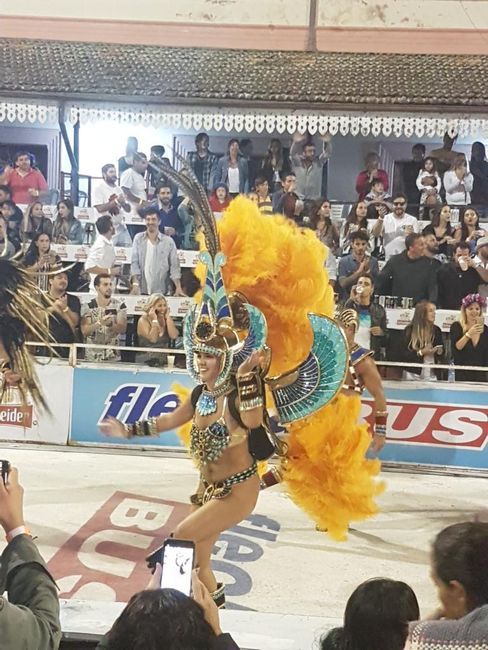
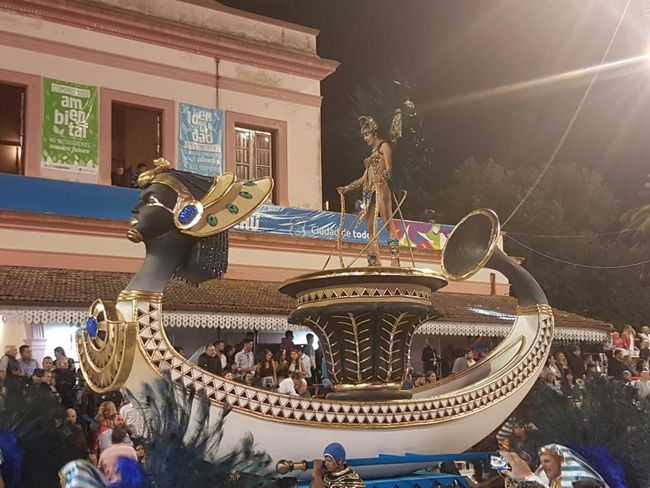
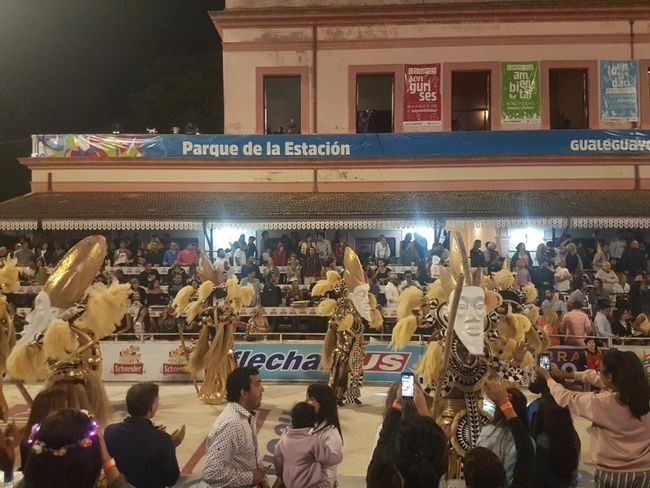
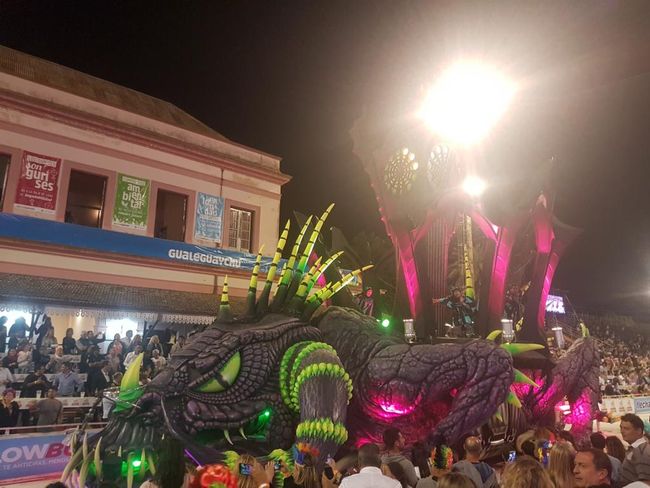
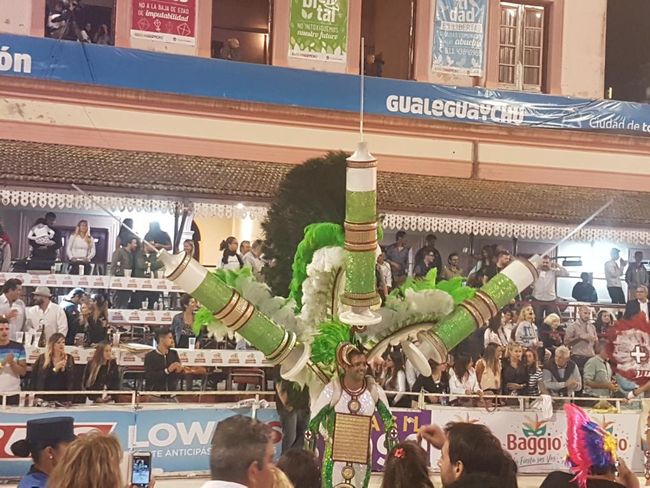
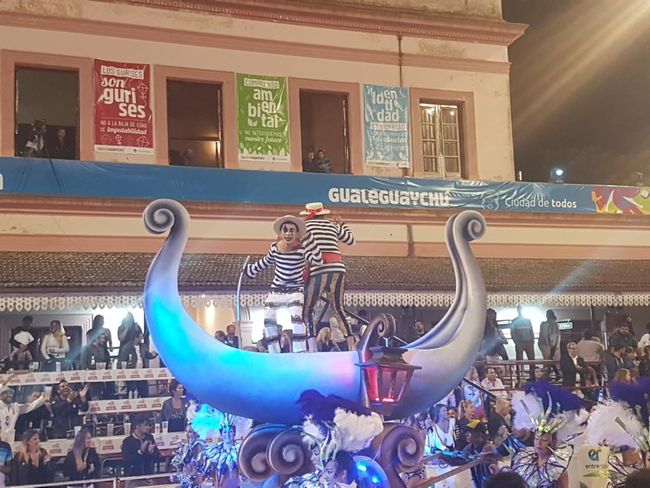
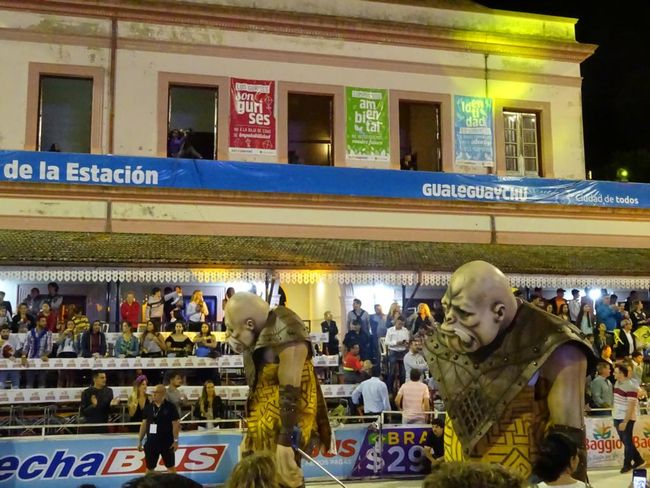
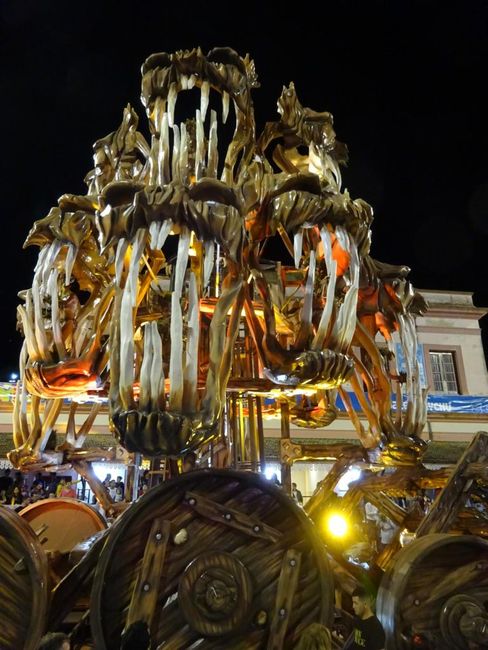
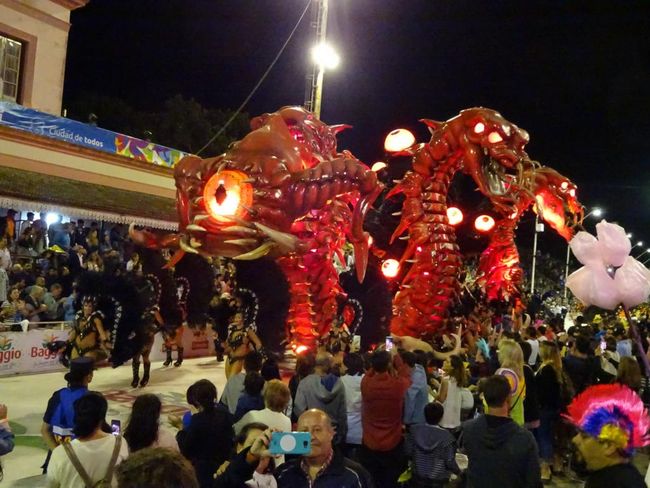
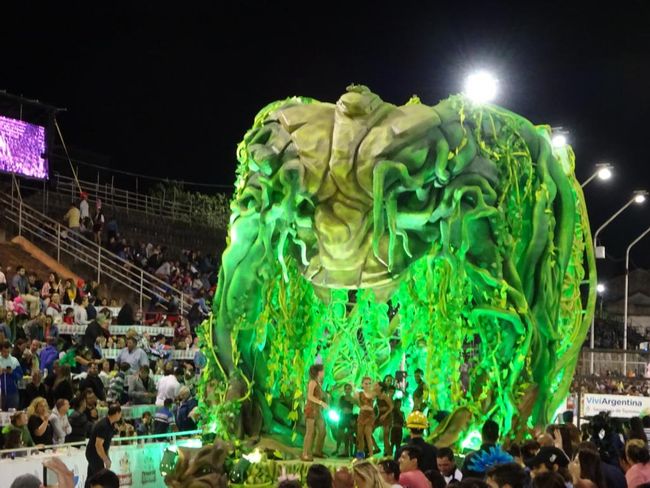
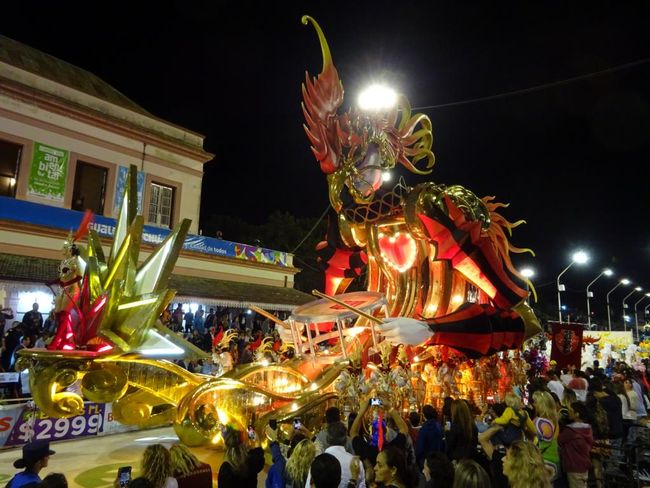
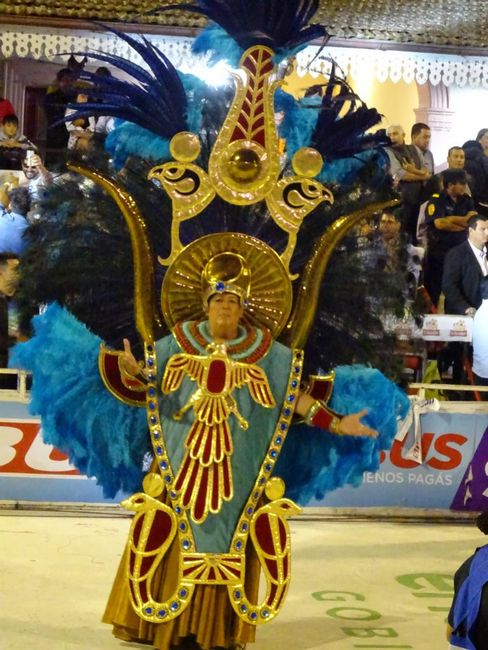
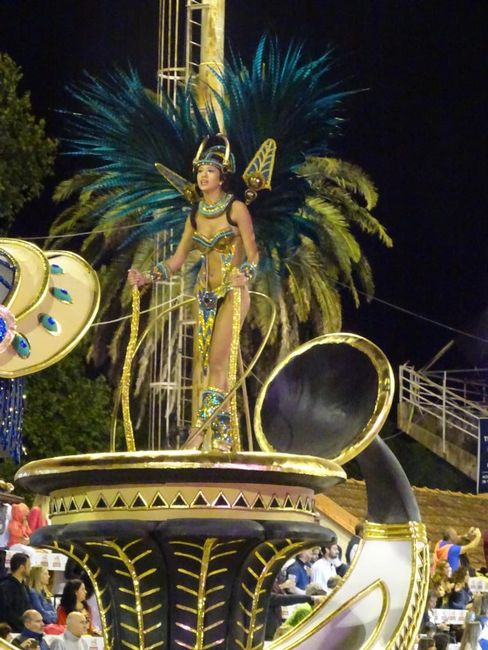
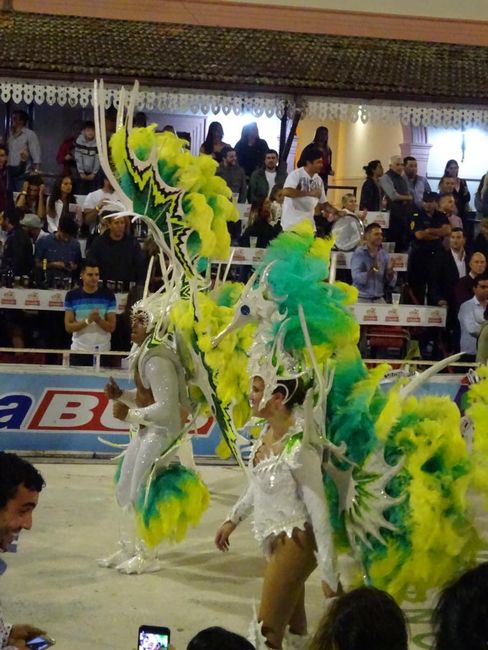
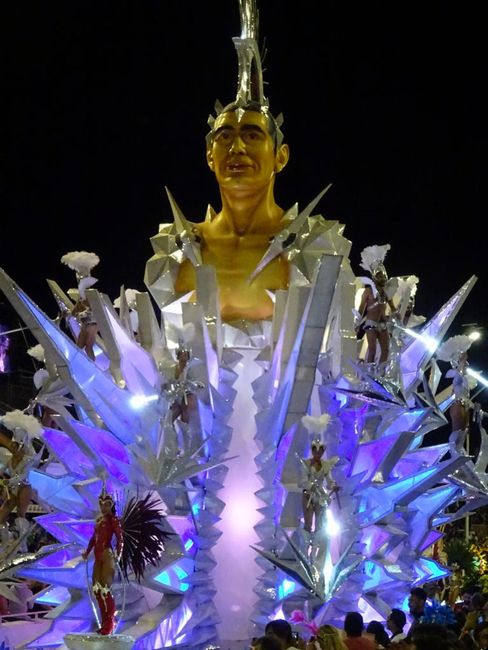
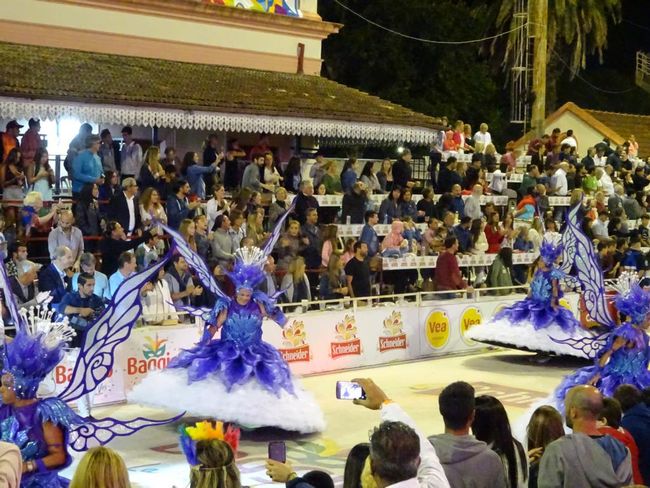
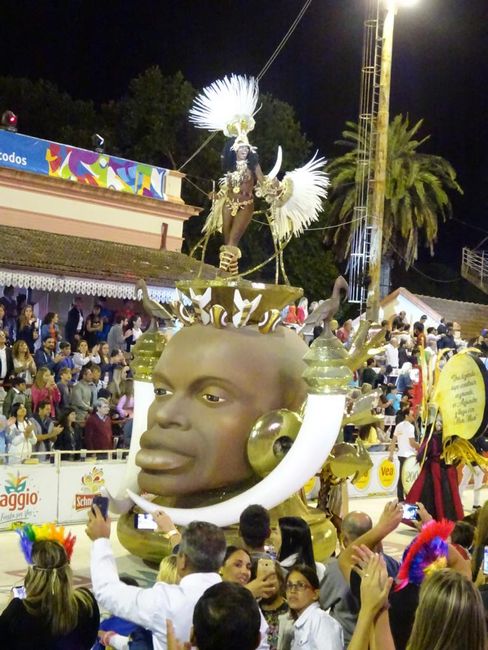
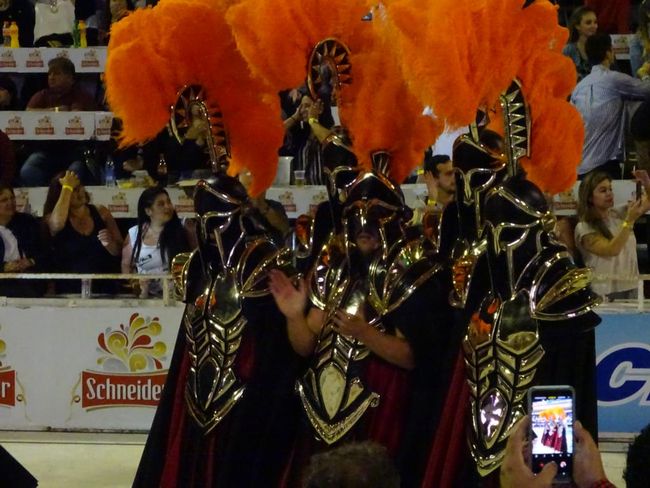
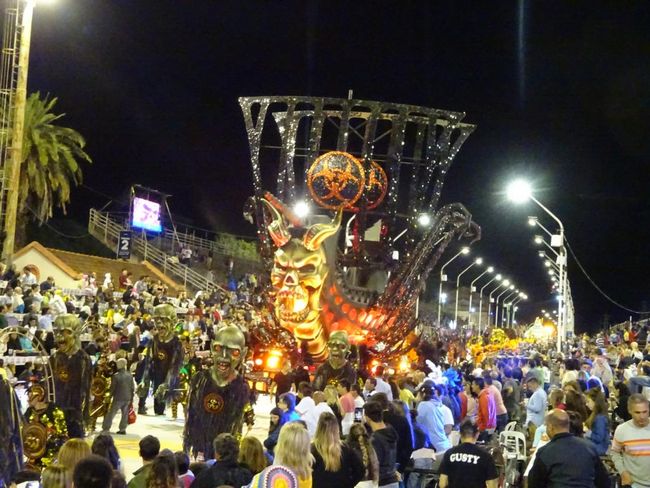
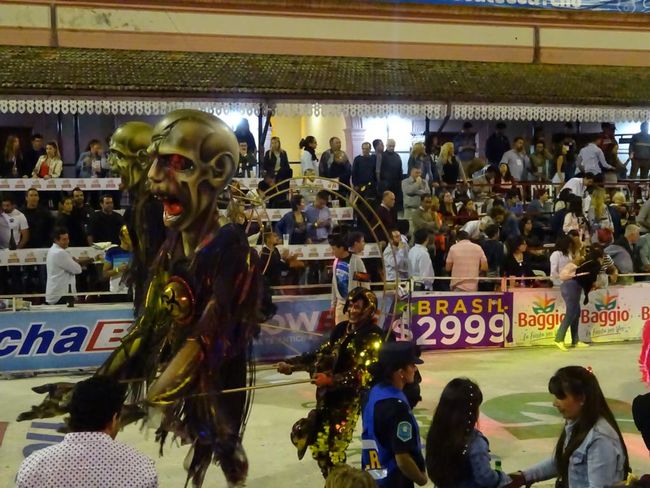
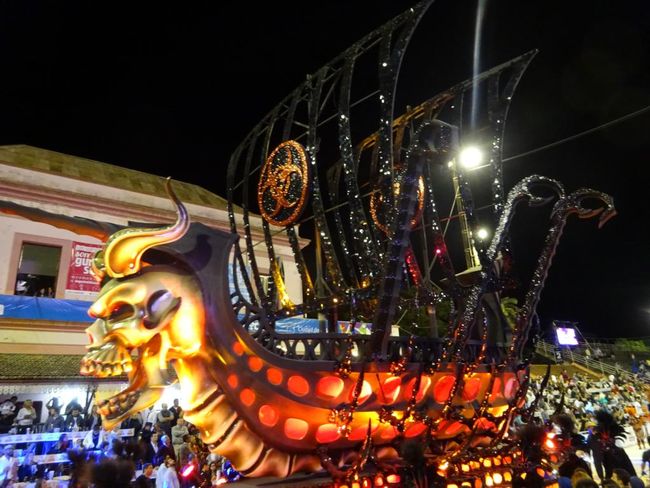
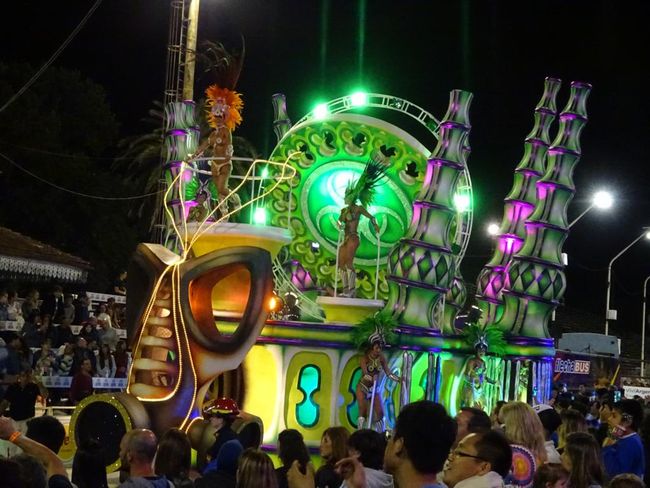
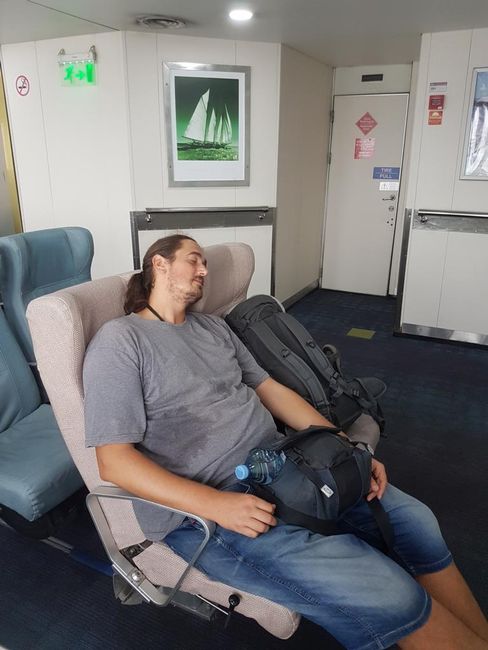
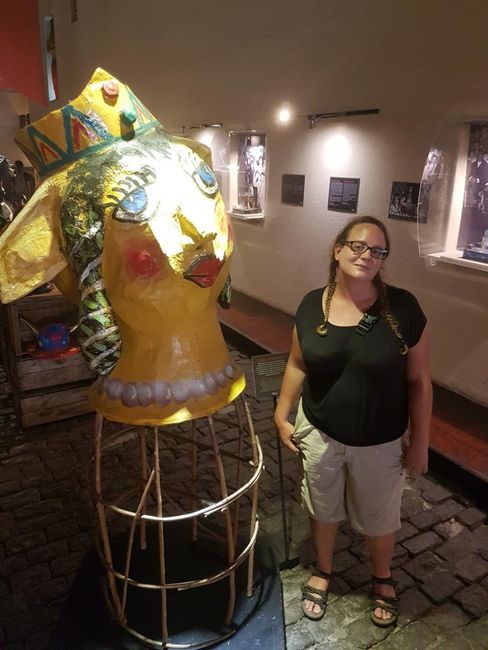
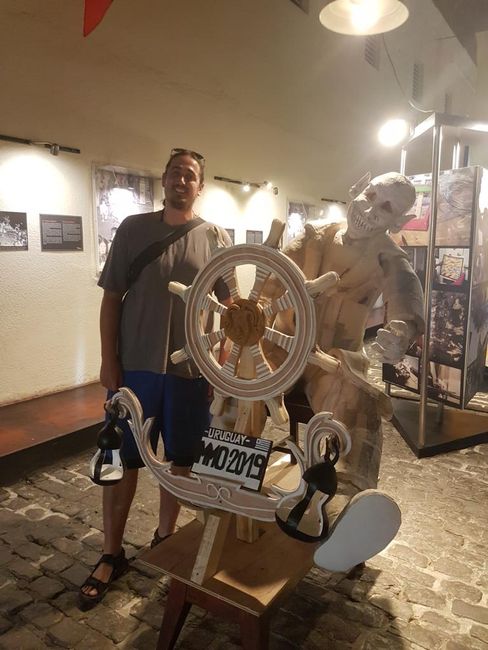
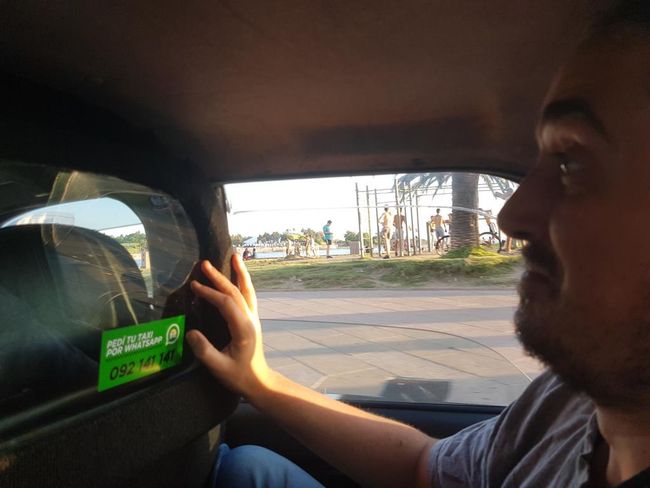
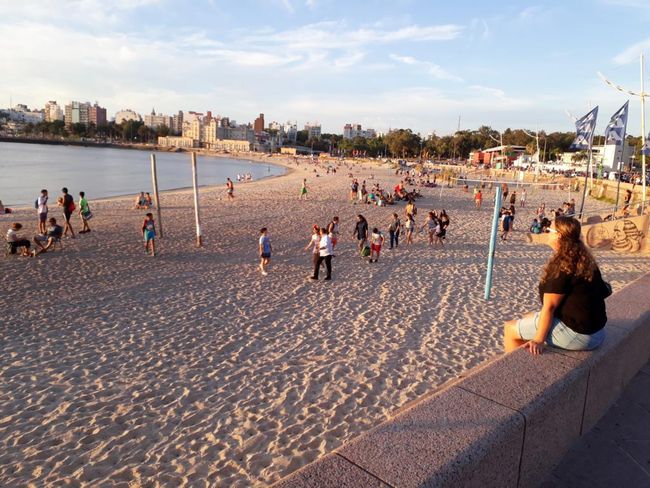
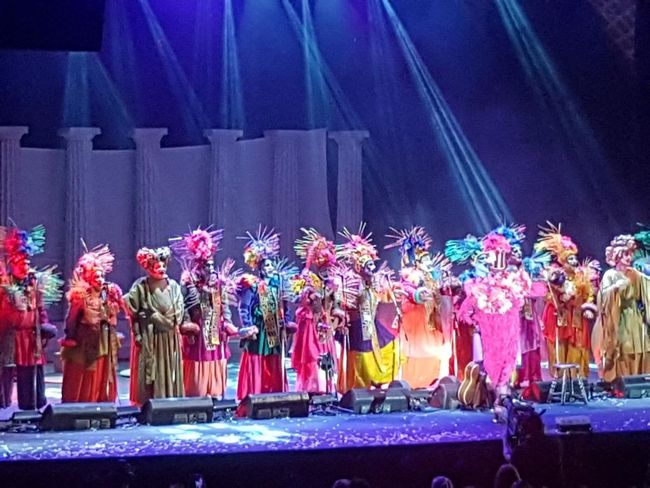
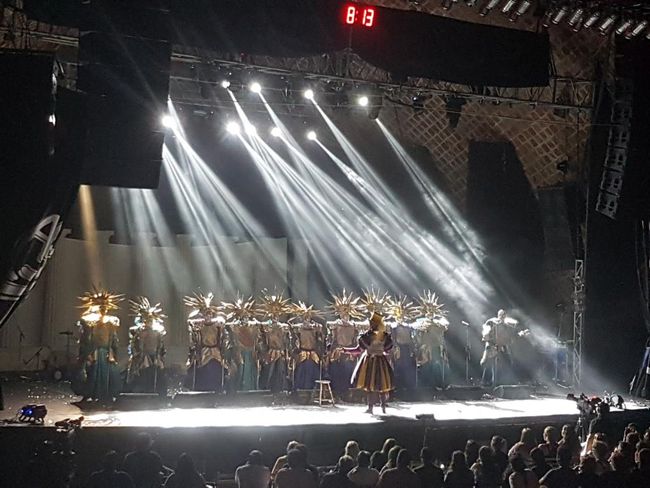
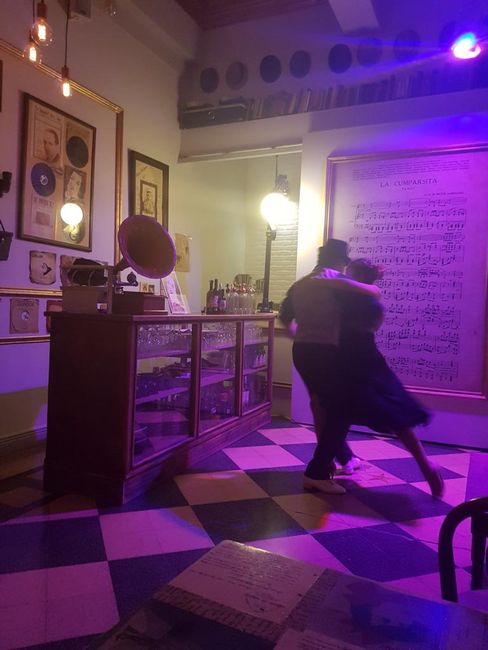
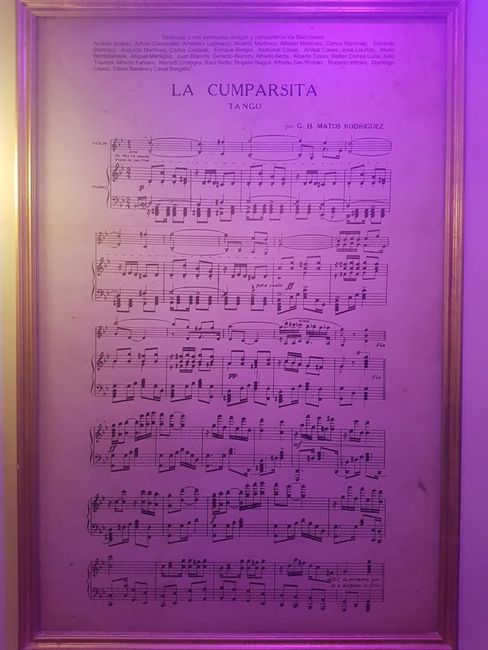
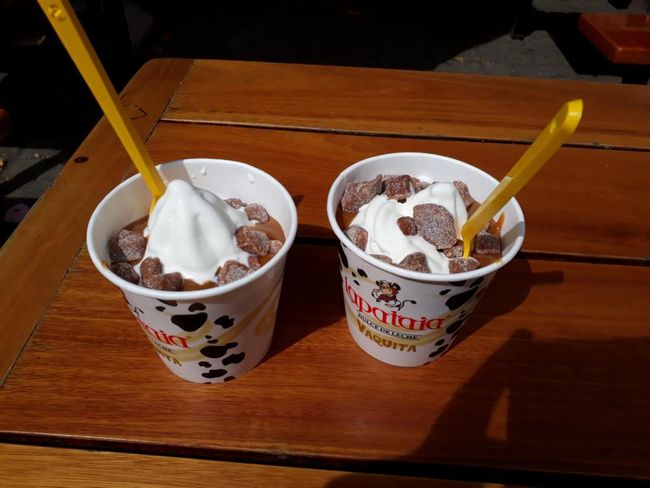
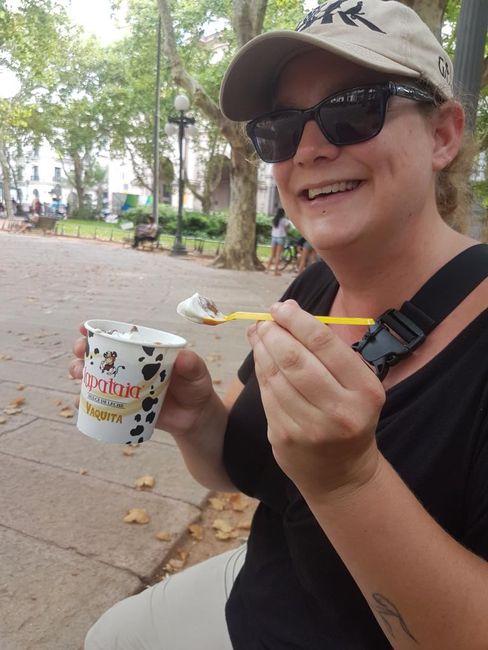
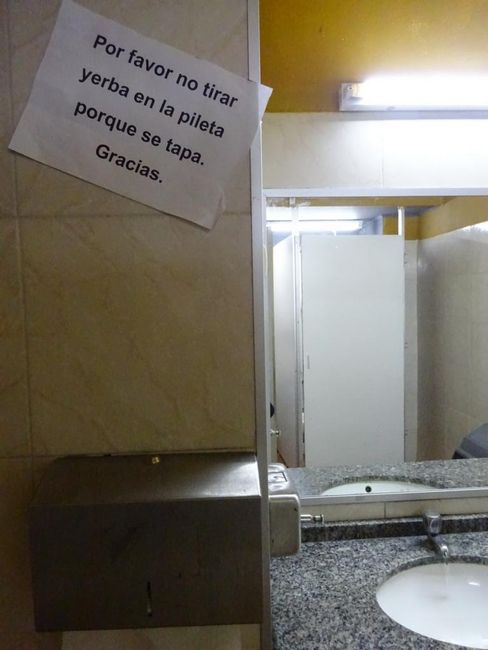
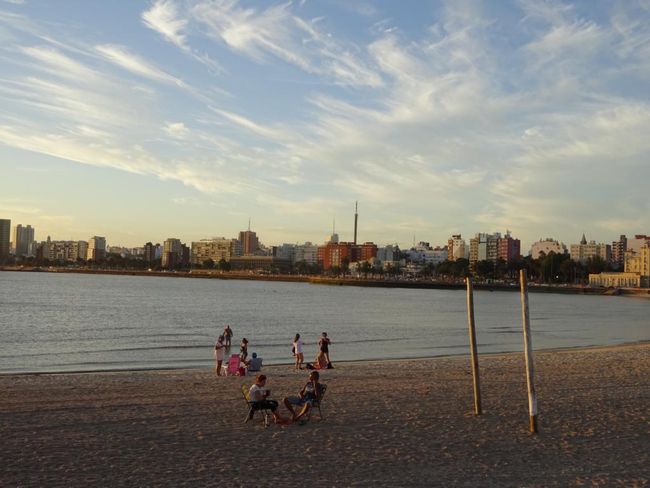
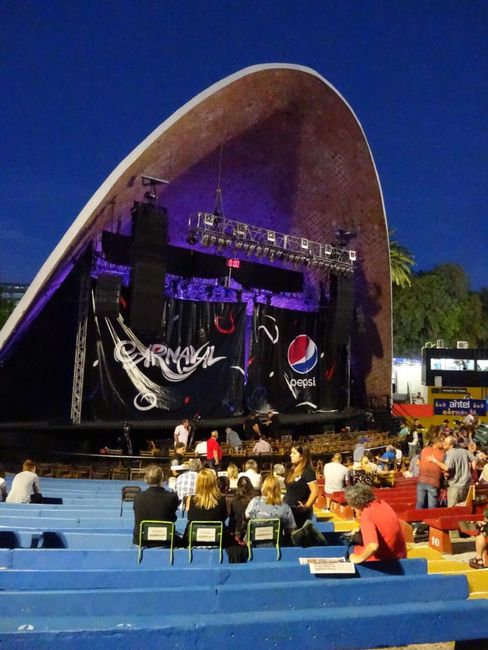
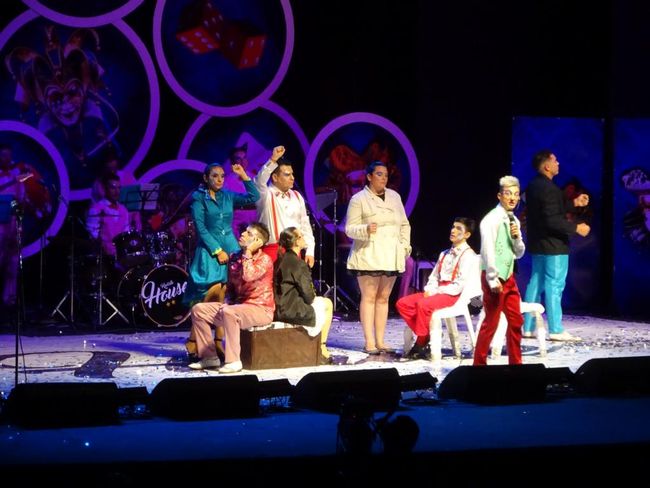
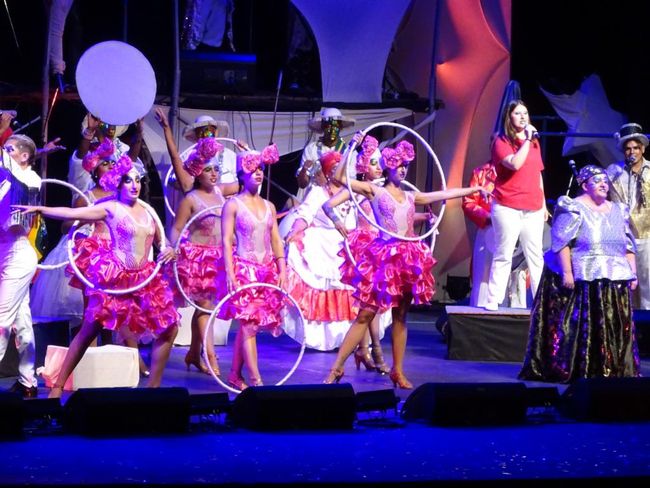
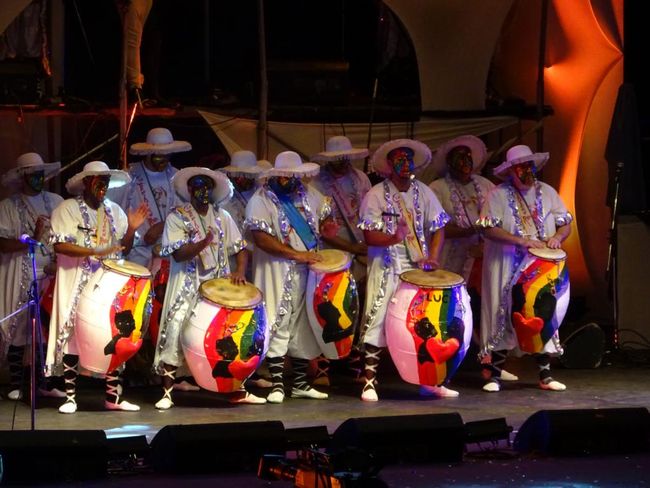
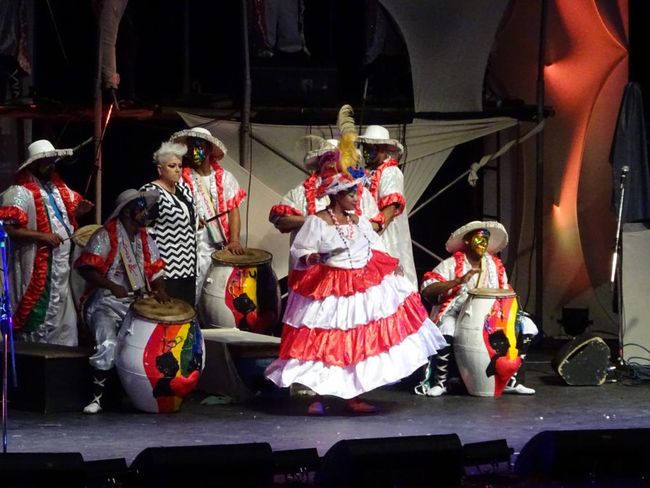
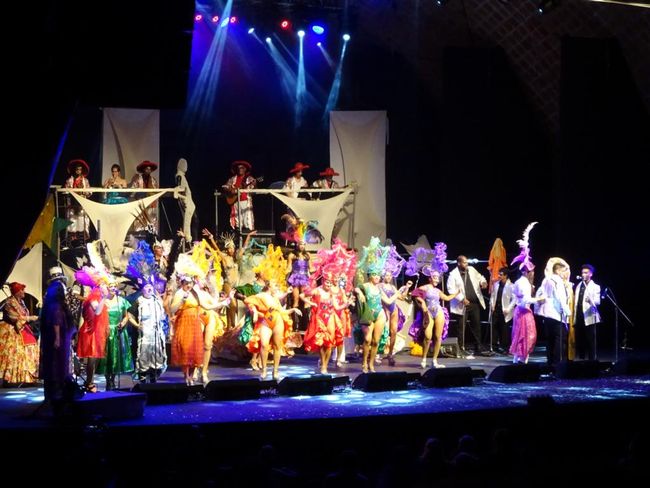
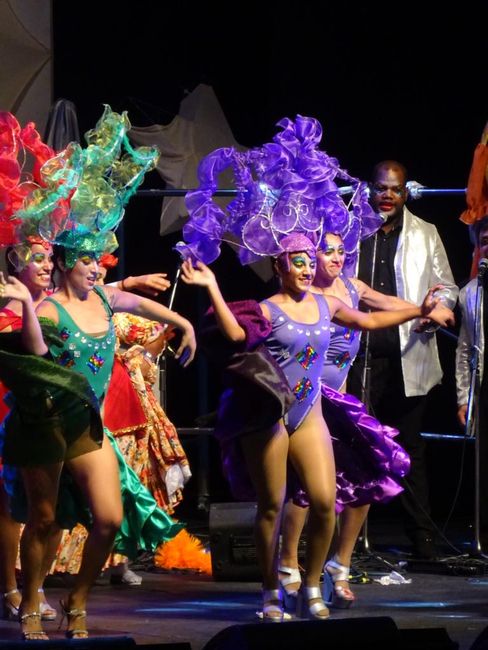
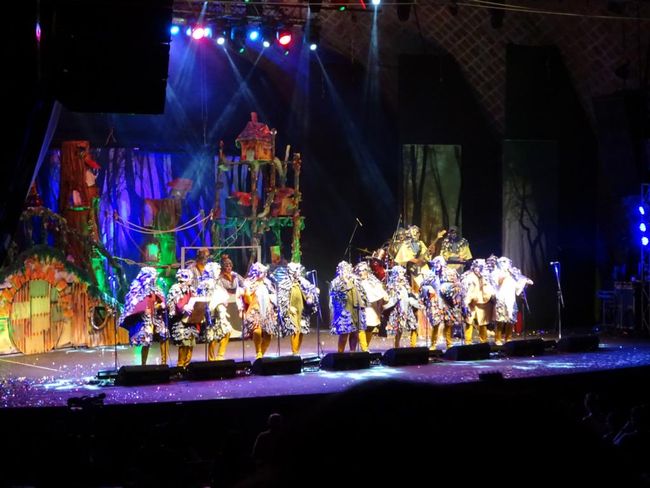
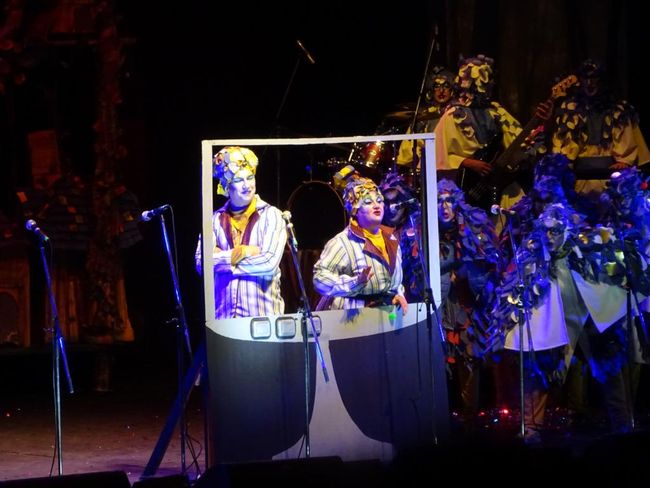
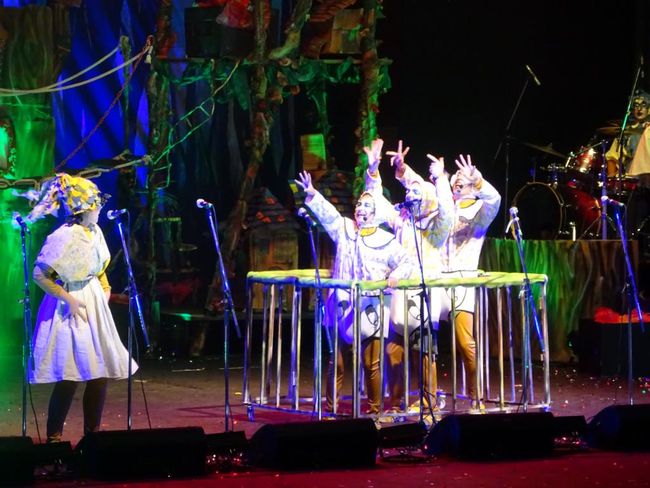
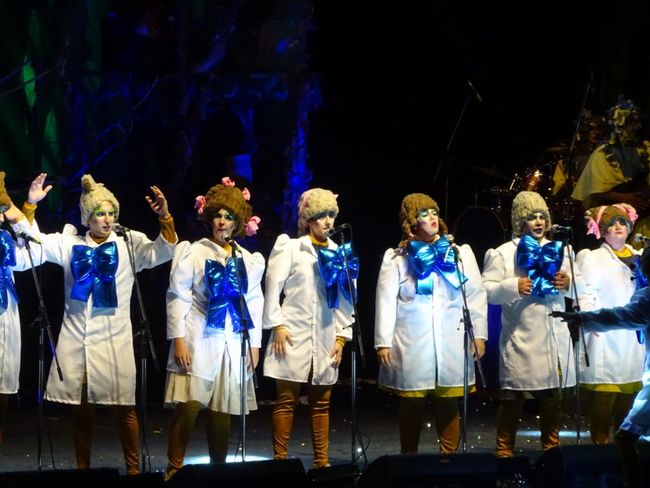
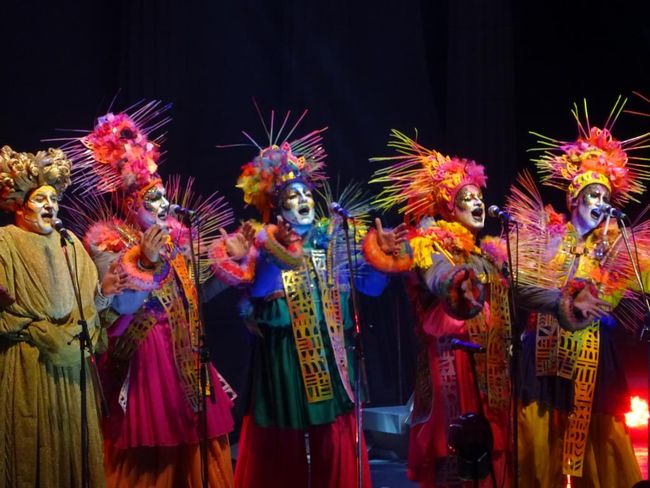
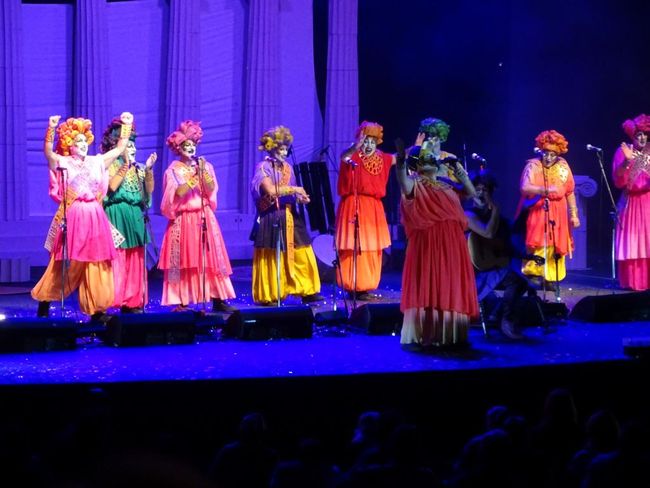
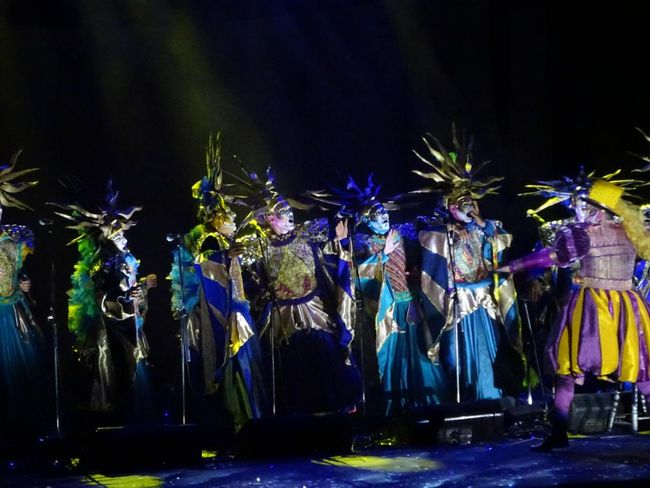

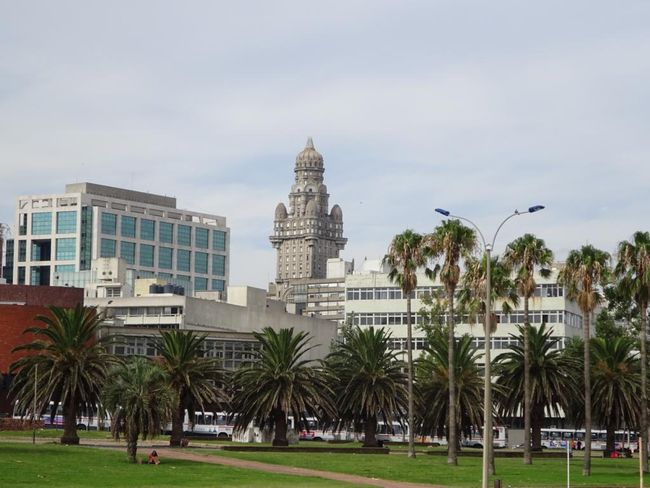
訂閱時事通訊
We returned to Buenos Aires once again to visit the carnival from here. First, we went to Montevideo. Who would have thought that we would return to this city so many times? Who would have thought that we would take this Buque-Bus ferry so many times? The direct trip from BA to Montevideo is incredibly expensive, so we took the detour via Colonia each time. You only travel by ship to Colonia, and then take the bus from there. It is organized directly by Buque-Bus, so it is fairly straightforward, but it takes much longer.
Since we were back in Montevideo, we finally visited the Museo del Tango. In retrospect, we could have skipped it, luckily we didn't come here just for that. The museum is tiny and it's all about the Cumparsita, one of the most famous music pieces of the Tango music style, which originated in Montevideo. Afterwards, there is a short performance where a dance couple performs 3 dances. That's all there is.
As a warm-up for the carnival, we also visited the Museo del Carnaval. Here, the history of the carnival in Uruguay is explained, and there is also information about the different groups and formations that participate in the carnival. In addition, various costumes are displayed.
The tradition of the carnival was brought by the European immigrants. Later, these customs were mixed with rhythms, instruments, and dances of the African slaves.
The carnival in Montevideo is a stage carnival. Small open-air stages, called Tablados, are set up all over the city in many neighborhoods, where the different groups perform their program. The stages and scenery are often made very elaborately out of papier-mâché and with a lot of lighting. There are also a few parades, for example, at the opening of the carnival season. The parades are called Llamadas. The carnival in Montevideo is the longest in the world, it is celebrated for over 40 days between January and March, and every evening something is shown on different stages. Over 40 ensembles from 5 categories present their current shows:
Murga: The Murgas are known for parodying current problems of world events and politics in a humorous and ironic way with singing and verses, similar to the Schnitzelbänke from the Basler Fasnacht. A Murga always consists of a choir, a director, and a percussion trio.
The Lubolos/Comparsas were originally groups of Africans who stood out primarily through drum music and typical African costumes. Meanwhile, also white people participate in the Comparsas, but the central element remains the drum music.
The Revues are the youngest category that has been added to the carnival program. The shows of the Revues prioritize music and dance, and also include acrobatic elements.
The Parodistas sing well-known songs, but change the lyrics in a funny way. Nowadays, you can also see more and more parodies of movies or TV shows.
Unlike the Parodistas, the Humoristas do not rely on existing material. They perform sketches on current topics, for example.
The most important performance takes place in competition form at the Teatro de Verano. All ensembles are invited there on one evening to present their current show, and then there is an award for each category.
We got tickets for the Teatro de Verano for one evening. Luckily, we were able to secure two of the last seats on the lower part, where you have the best view. The Teatro de Verano is an open-air amphitheater, the seats are only stepped tiers and don't even have backrests. Quite uncomfortable for the approximately 6-hour performance. But the resourceful Uruguayans know how to help themselves, of course. In addition to the usual mate equipment, this time they had no folding chairs, but attachable backrests with them. As we learned from our seat neighbor, you could even rent them at the entrance, which we immediately did, and it definitely made it more comfortable. And that was urgently needed because, as it turned out, the program was not particularly captivating. At least not for us.
The program consists of four parts with breaks in between. During each part, a group from a different category presents their program.
Our program for the evening was as follows:
20:30: House (Revista)
21:50: La Carpintera Roh (Comparsa)
23:20: Cyranos (Humoristas)
00:30: Doña Bastarda (Murga)
So the first part was a Revue. After this part was over, an elderly woman sitting next to us said to her son, "Los extranjeros no entenderon nada" (The foreigners didn't understand anything). We actually understood this statement, and I immediately burst out laughing. Apparently, this was a bit embarrassing for her because she obviously didn't expect us to speak Spanish. However, she wasn't wrong: we really didn't understand much. And the Revue was still the easiest part, as the show mainly consisted of dance and acrobatics, with little spoken language. The situation didn't get any better during the next parts of the program. We actually understood very little. It's the same with the Basler Schnitzelbänke: If you're not a native speaker and don't know the political or social circumstances that are being addressed, you have absolutely no chance. The Lubolos were still okay, we didn't understand the singing, but at least you can understand drum music in any language. We could still follow the sketches of the Humoristas to some extent because costumes, facial expressions, gestures, and other props were used in addition to language. With the Murga, it was finally over, here only singing and speaking remained.
And keeping enough attention for 6 hours to at least try to understand what it's all about eventually became too exhausting, so we eventually gave up completely and just watched.
Alcohol doesn't play a big role at the carnival in Montevideo either, the people didn't seem to indulge in it much. But since you were allowed to bring drinks onto the grounds without any problems, we were equipped with our usual rum and cola. Luckily, I must say, otherwise the whole story would have been even more boring.
In any case, we didn't even wait for the final end of the Murga, but left the stadium 5 minutes before the show ended to secure a taxi. The evening ended a lot more boring for us than expected. That was a bit disappointing.
The most amusing anecdote in retrospect was the show of the Humoristas, which revolved around "Lechuzas" (owls). It's a bit dumb when you don't know what the word means. Jörg and I looked at each other and it was obvious that we both had no idea. Secretly, we looked it up in the dictionary app on the cell phone, but couldn't find anything. While the whole audience in the theater kept laughing loudly, we sat there understanding nothing. Of course, we didn't dare to just ask one of our seat neighbors what Lechucha means. It was only when we were back at the hotel and had internet connection that we finally found out that it was apparently about owls. Aha. Quite late realization. I will definitely always have to laugh when I hear this word again in the future.
The next day (Friday) we had to make our way back to Buenos Aires by bus and ferry because the carnival in Gualeguaychu took place on Saturday, which is considered the wildest in Argentina. We had already passed by Gualeguaychu a few weeks ago, do you remember? Conveniently, we could get tickets for the carnival there on the internet. But not hotel rooms, they were almost completely booked out. Too bad. At the bus terminal, however, we found out that there would be a bus from Gualeguaychu back to BA at 3 a.m., so we could make our escape right after the show. Also good.
On Saturday, we took the bus to Gualeguaychu around noon, the journey took about 3 hours. We were a bit early and unfortunately, there wasn't as much going on before the actual event as we had hoped, so we had to hang around in the town for a few more hours until it finally started. To make matters worse, it was surprisingly cool and windy, so that wasn't exactly fun either. Finally, at some point, the gates were opened and we found our seats. This time, we got really good seats, a table for two in the fourth row in the middle of the Sambodromo. Very good. Since there was service for food and drinks in this area, it was actually not allowed to bring your own drinks (although it was allowed everywhere else in the stadium), but we didn't know that beforehand. But at the latest when the parade started, nobody cared anymore, so we only had to buy a politeness Fernet&Coca at an overpriced price, and then we were able to switch to our rum. Alcohol definitely belonged to the program here, and the people here were really in a party mood. And although the stadium was not fully occupied, the atmosphere quickly heated up. Cool.
The carnival in Gualeguaychu is a parade that takes place on several Saturdays in the evening. It is similar to the famous carnival in Rio de Janeiro, just smaller. Three different groups participate in the parade each evening. You can mainly see a lot of naked skin, elaborately designed floats with dancers, and cheerful party people. And that makes this carnival much better suited for non-native speakers than the carnival in Montevideo. To admire naked buttocks and bouncing breasts adorned with feathers, glitter, and makeup, you don't have to understand Spanish. The songs that are played during the event are catchy and don't require much language skill. "Gualeguaychu descontrollaaaaaaaaado..." for example, you can understand quickly.
In any case, we spent a fun-filled evening, sang or rather shouted and jumped along, and enjoyed ourselves very much. Even the group of Asian tourists sitting in front of us was really into it.
When the madness was finally over, we set off on foot back to the bus station, as we couldn't find a taxi. Although the town didn't seem particularly likable, it seemed reasonably safe. At the station, we had to wait a short time for the 3 a.m. bus. Luckily, it was a Cama bus, as soon as we got on, we fell asleep and woke up again 3 hours later in BA. The sun had already risen again when we marched back to the hotel, where we lounged around in the room all Sunday. To repeat myself: Luckily, the Argentines know Alcaselzer in combination with headache tablets.
My conclusion about the carnival? I think if you're really a pro in Spanish, the carnival in Montevideo is certainly the more interesting choice. But even though I would now really consider my Spanish to be very good and I can have a fluent conversation on any topic, I really had hardly any chance. For tourists who just want to party a little, a carnival in the style of Gualeguaychu or Rio or Encarnacion in Paraguay is definitely recommended.
At this point, we also come to the conclusion about Uruguay! After all, this was our final visit there. What can you say about Uruguay? It's charming, there are a few pretty towns, like Colonia or Punta del Este, but there aren't many highlights and attractions in the country. And the locals confirm this as well. Actually, all Uruguayans are very proud of their country, but when you ask them what they would recommend to see, most of them shrug and say "no hay mucho" (there isn't much). However, the people are really warm and friendly and welcome guests with open arms, so you quickly feel comfortable and very safe. An advantage is also that the few touristically interesting places are close to each other and along the coast, so you can visit them easily from Buenos Aires without having to travel further into the interior of the country. Probably you don't come here exclusively for a vacation, unless you are a beach and sun lover, then maybe. Otherwise, the country is more likely to be visited as a detour on an Argentina trip. A negative point is clearly that prices in the country are very high for everything. If you are on a holiday trip and can count on a salary at the end of the month, this probably doesn't matter much, but for long-term travelers, it can be quite unpleasant.
Another noticeable thing in Uruguay is the strong change in the Spanish dialect. It takes a while to get used to it. Mainly, this is expressed by "Doppel-L" and "Y" being pronounced as a kind of soft "sh". So suddenly it's "scho" instead of "yo
訂閱時事通訊
回答

旅遊報告阿根廷

